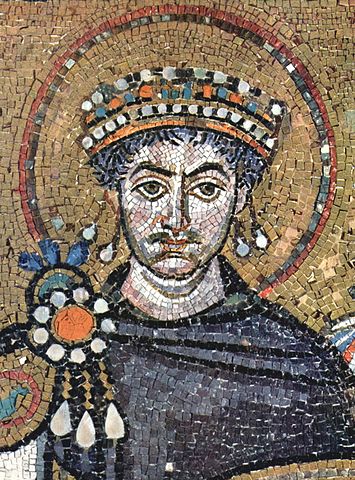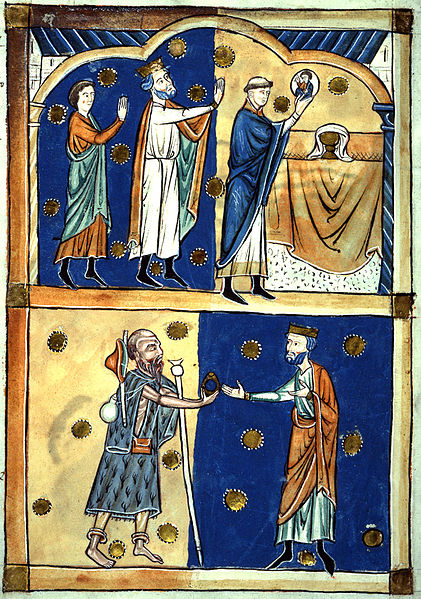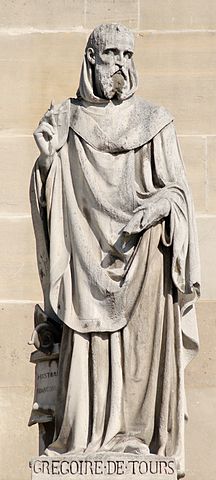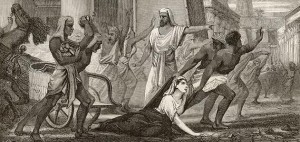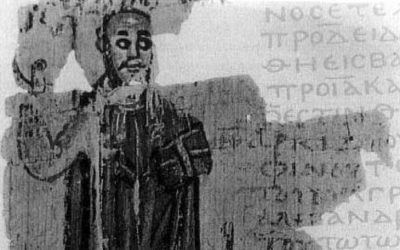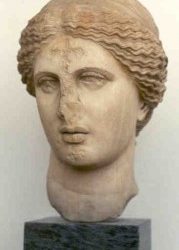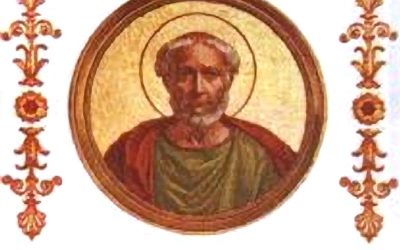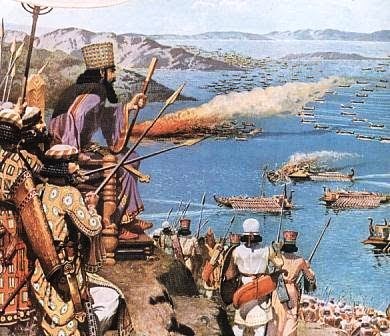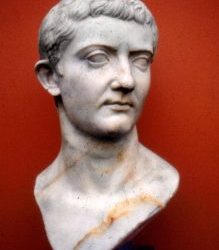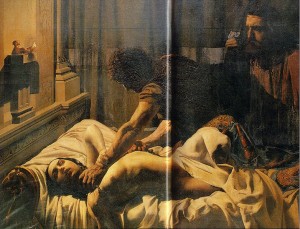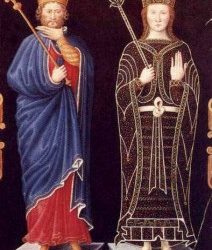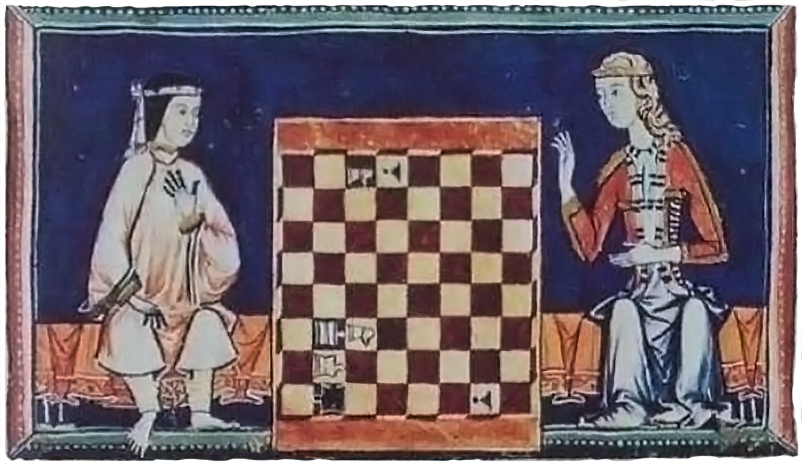Life Is Stranger Than Fiction
So goes the wise saying and here is a collection – which I will continue to add to – of excerpts from historical sources that I find funny, entertaining, outright bizarre, or just simply bloody good stories. Stories that have happened and no one has made up. The idea for this came to me as I was reading Appian’s Civil Wars the other day, desperate for inspiration for a plot of my own that has ground to a bogged-down, unmoving halt for months on end– as plots tend to do, and anyone who has ever attempted to come up with one will happily confirm – and, despite coming up with no brilliant ideas of my own, found myself thoroughly entertained, for hours on end with my reading, in a mind-boggled sort of way.
Of course, the Civil Wars in their entirety are somewhat on the long side, and the circumstances surrounding them so complex and convoluted that I haven’t yet worked out which, if any, excerpt from them I can possibly separate from the rest and post here. So, until I work that one out – if in fact I manage to do so – we’ll start with something else. Something I can lift out of context and still do it justice.
Justinian ‘The Great’
Let us stay in the 6th century for a bit, but this time move to the East. Justinian I (c. 482 C.E. – 14 November 565 C.E.), known as The Great - which I deliberately place in inverted commas - was Byzantine Emperor from 527-565 C.E. He is considered a saint by the...
read moreSome Miracles
Still in the 6th century, and still with Gregory of Tours. He describes several miracles. Most have to do with recovering from illnesses. Generally speaking, when they got very ill, people expected they were going to die. And seeing as they didn’t understand...
read moreAttitude Towards Secular Learning
Let's move on to the 6th century C.E. and the very famous (Saint) Gregory of Tours (November 30, c. 538 – November 17, 594), to whom we are truly indebted for writing The History of the Franks, the major historical source for the period. The Roman Empire in the West...
read more3. Hypatia vs the Mob
Part 3, following on from part 1 and part 2. Chapter XV.—Of Hypatia the Female Philosopher. There was a woman at Alexandria named Hypatia, daughter of the philosopher1 Theon, who made such attainments in literature and science, as to far surpass all the...
read more2. The Monks vs the Prefect
Part 2 of series of events, which began here. Some of the monks inhabiting the mountains of Nitria, of a very fiery disposition, whom Theophilus1 some time before had unjustly armed against Dioscorus and his brethren, being again transported with an ardent zeal,...
read more1. The Prefect vs the Bishop
This is the first of three posts all of which deal with one series of events. The series of events leading to the murder of the pagan philosopher and scientist Hypatia by a Christian mob in Alexandria in 425 C.E. She was, however, but collateral damage in a much more...
read moreThose black-robed people who eat more than elephants
Libanius (ca. 314 – ca. 394 C.E.) was a Greek-speaking teacher of rhetoric of the Sophist school. Libanius was a friend of the emperor Julian II (later called The Apostate), with whom some correspondence survives, and in whose memory he wrote a series of orations;...
read morePope Damasus I vs (anti)Pope Ursinus
Pope Saint Damasus I was the bishop of Rome from 366 to 384 C.E. He succeeded to the papacy amidst intense factional violence. His rival, Ursinus, was elected simultaneously, which let to such violence and bloodshed that eventually the intervention of Emperor...
read moreGovernment and Women of the ancient Germanic tribes
...as seen by the Romans. A post not about an event or a story, this time, but a fascinating description. They choose their kings by birth, their generals for merit. These kings have not unlimited or arbitrary power, and the generals do more by example than by...
read moreThe Money-Lenders and the Praetor
A rather topical, I feel, piece. Do not let the context and date fool you. Not much has changed, I feel. The time* Appian is talking about, is around the end of the Roman Social War in 91-88 B.C.E., also known as the Allied War, because it was fought between the...
read moreThe Admiral is a Lady
Artemisia I of Caria (fl. 480 BC) became the ruler, after the death of her husband, as a client of the Persians – who in the 5th century BC ruled as the overlords of Ionia. The Battle of Salamis was fought between an Alliance of Greek city-states and the Persian...
read moreFreedom of conscience and free speech: an invention of the modern world. Right?
Tiberius (Tiberius Julius Caesar Augustus), November 16, 42 BC – March 16, AD 37, was the 2nd Emperor of the Roman Empire, and reigned from 14 AD to 37 AD. He was, moreover, quite unperturbed by abuse, slander, or lampoons on himself and his family, and would often...
read moreVespasian, the Emperor with a sense of humour
Vespasian was square-shouldered, with strong, well-formed limbs, but always wore a strained expression on his face; so that once, when he asked a well-known wit who always used to make jokes about people: ‘Why not make one about me?’ the answer came: ‘I will, when you...
read moreCaligula on campaign in Germany
Caligula had only a single taste of warfare, and even that was unpremeditated. At Bevagna, where he went to visit the river Clitumnus and its sacred grove, someone reminded him that he needed Batavian recruits for his bodyguard; which suggested the idea of a German...
read moreKing Chilperic and his wives
When Chilperic1 saw this [the marriage of Sigebert2 to the Visigoth princess Brunhild3], although he had already too many wives, he asked for her sister Galswinth, promising through his ambassadors that he would put aside the others if he could only obtain a wife...
read moreKing Chlothar and his wives
The king [Chlothar]1 had seven sons by several wives; namely, by Ingund, Gunthar, Childeric, Charibert, Gunthram, Sigibert, and a daughter Chlodoswintha; by Aregund, sister of Ingund, Chilperic; and by Chunsina he had Chramn. I will tell you why it was he married his...
read moreQueen Fredegund and Princess Rigunth have an argument
Natural wonders, but no chickens
8. ext. 12. Well, don’t you have to believe that nature plays tricks on human bodies? People can tolerate these tricks because they are not exactly ferocious ones, but they must also be counted as miracles. Take for example the son of King Prusias of Bithynia, who had...
read more
